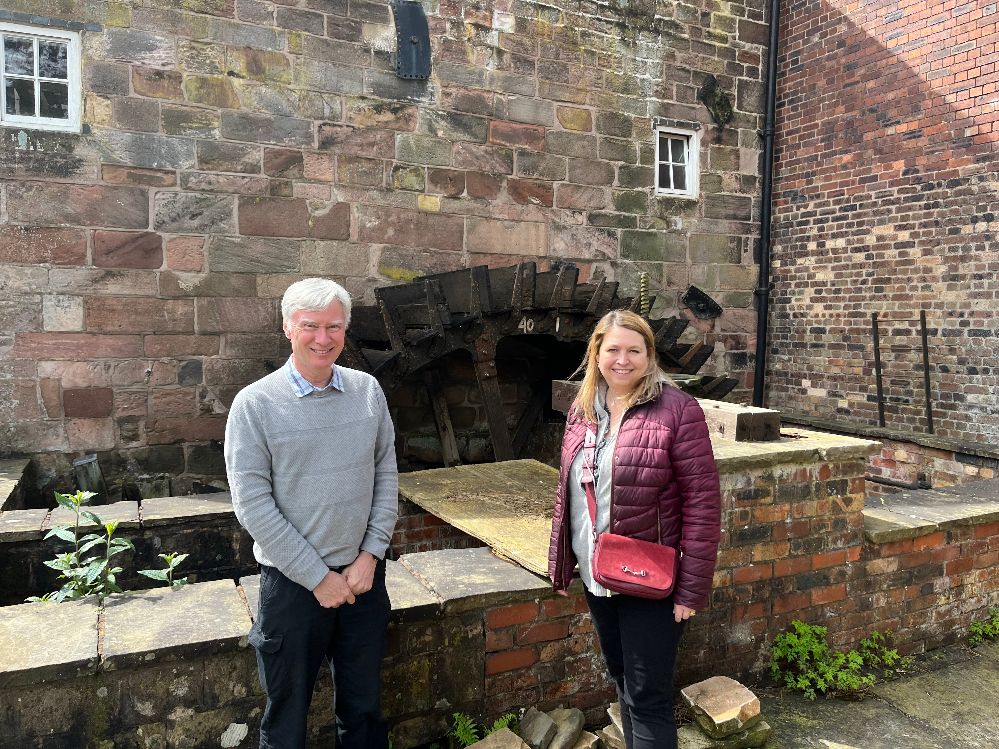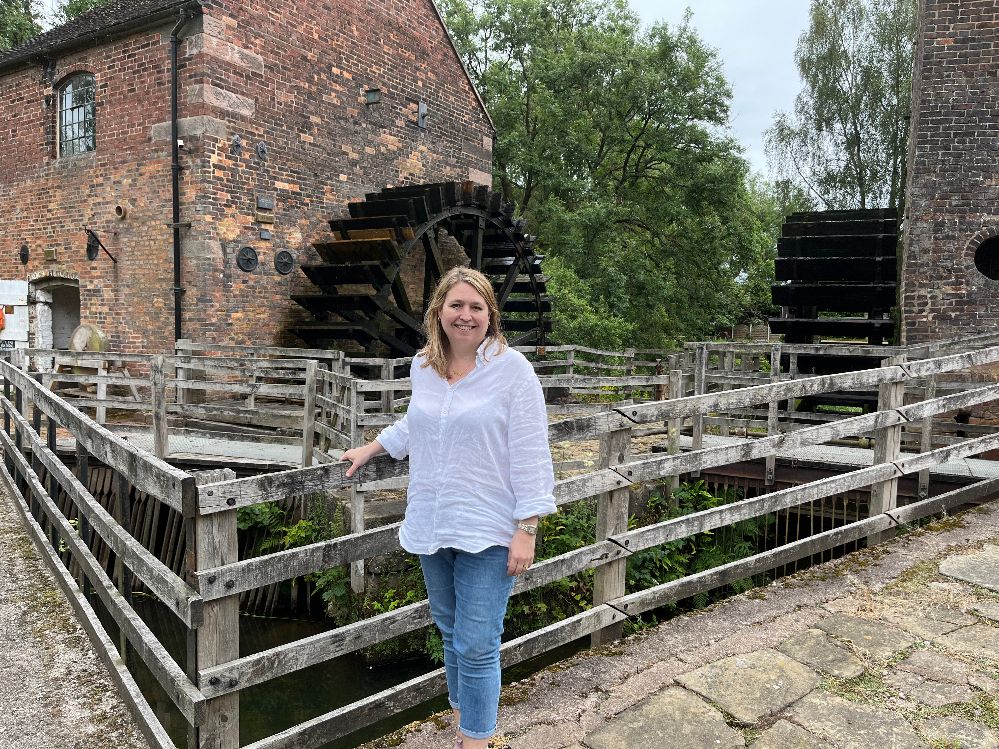It’s week 9 of my Year of Reasons to Visit the Moorlands. We have had some fantastic reasons over the past 8 weeks and I am pleased that this week’s Reason is our Industrial Heritage.
The Moorlands is rich in history and there are many examples of our industrial past. The River Churnet, for example, was the key reason that the Moorlands became a centre for textiles, as the fresh clean water was used to manufacture dyes for the beautiful silks and other textiles that we were famous for. The Victoria Colliery in Biddulph was the main employer in that area of the Moorlands for decades and the history is marked in the balance wheel from the Colliery that sits outside the Town Hall.
The canals were an incredibly important part of the Industrial Revolution, allowing goods to be transported, including pottery from North Staffordshire, more quickly and with less breakage than before. The pioneer of the canals was James Brindley, who lived in and around the Moorlands for much of his life. The Brindley name is known around the world and there are areas named after him across the country.
Locally, the Brindley Water Mill in Leek, is a real gem. It was one of Brindley’s first industrial projects and dates from 1752. It is now maintained by a team of volunteers and is really worth a visit.

In Cheddleton, the Flint Mill, also maintained by an amazing team of volunteers, is a fascinating place, full of history. Originally a medieval corn mill, it was converted to mill flint to support the potteries as the finest china is made from both clay and flint.

The Moorlands contributed so much to the economic success of the UK and finding out about it is a great Reason to visit the Moorlands.










